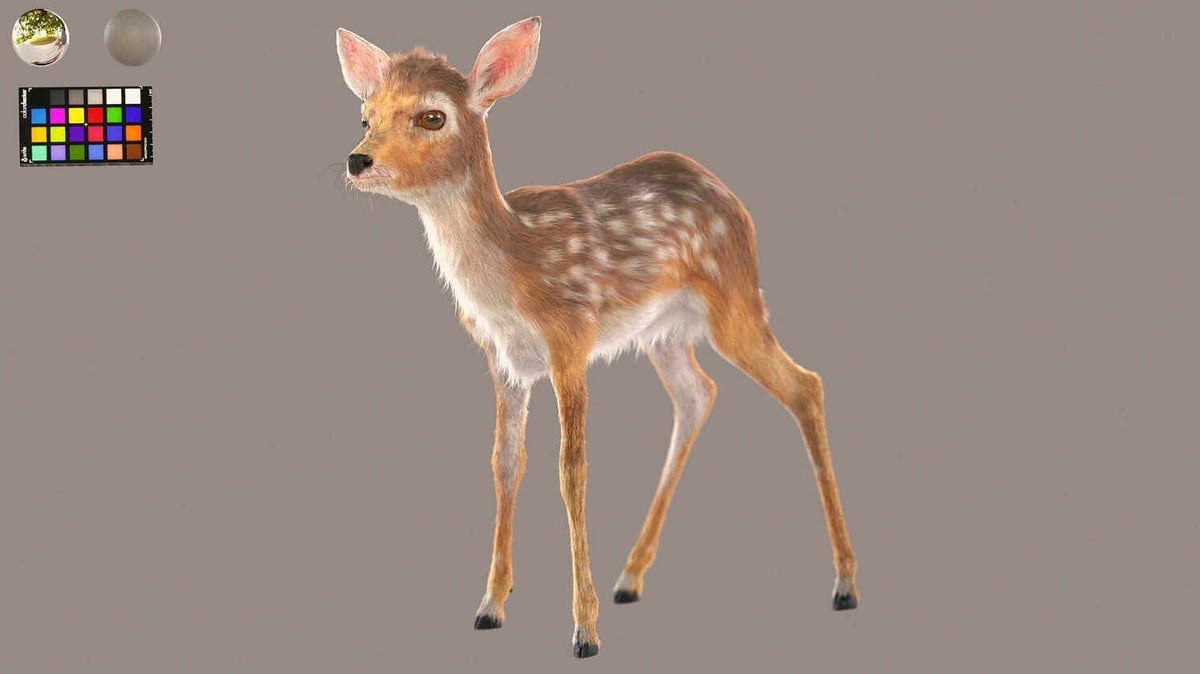3D modeling is one of the most in-demand skills today. Some even consider it to be an art form, and they aren’t wrong. 3D design is an important part of many industries, businesses, and hobbies, including entertainment, architecture, jewelry making, and engineering. Whether you’re interested in designing characters, environments, or technical parts and objects, it lets you bring your ideas to life.
3D modeling can be a very useful skill to have in your toolbox, especially if you’re a 3D printing enthusiast and want to customize or make your own parts. In addition, 3D modeling skills open up entrepreneurial possibilities. You can design and sell 3D printed products on platforms like Etsy or even start your own small business.
Mastering 3D modeling techniques can be enjoyable and, as explained, rewarding, but the journey is often long and challenging. That’s why we’ve gathered some valuable tips and ideas for 3D models in this article to help you as a beginner develop your skills and stay focused. Let’s get started!
Define Your Goals
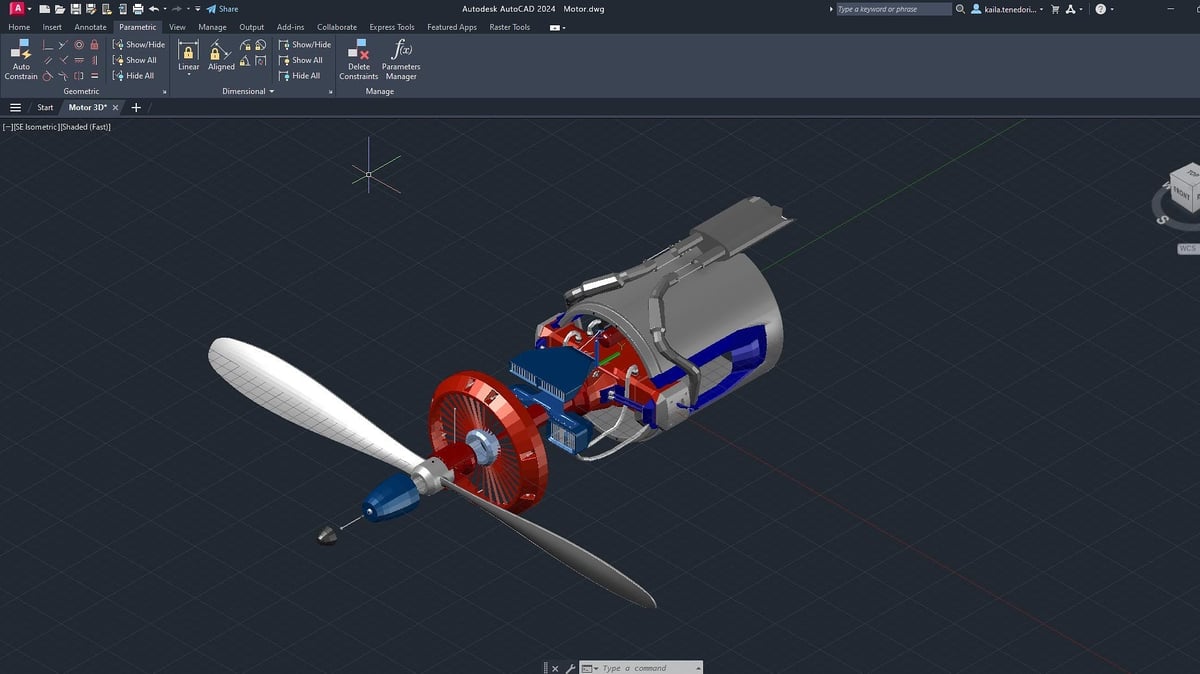
If you’re just starting to 3D model or planning to do so soon, you should decide what kind of work you want to do. In general, there are two main types of 3D modeling. The first is more functional and technical, while the second is more artistic and creative in nature. We’ll get into more specific examples for both types of modeling later on.
Functional 3D modeling is characterized by precision and is primarily used in engineering and more technical industries. Using CAD software and parametric modeling, it focuses on accurate representation, adheres to standardized formats, and is essential for prototyping, mechanical models, and simulations.
On the other hand, artistic 3D modeling is driven by creative expression, emphasizing aesthetics and storytelling for things like character animation, video games, and visually attractive pieces. Artists use various tools, including sculpting, surface modeling, and 3D drawing software to create visually appealing designs and figurines.
The way these 3D modeling techniques branch out is significant. They have different learning curves and required hardware and software, as we’ll see next.
Getting Started
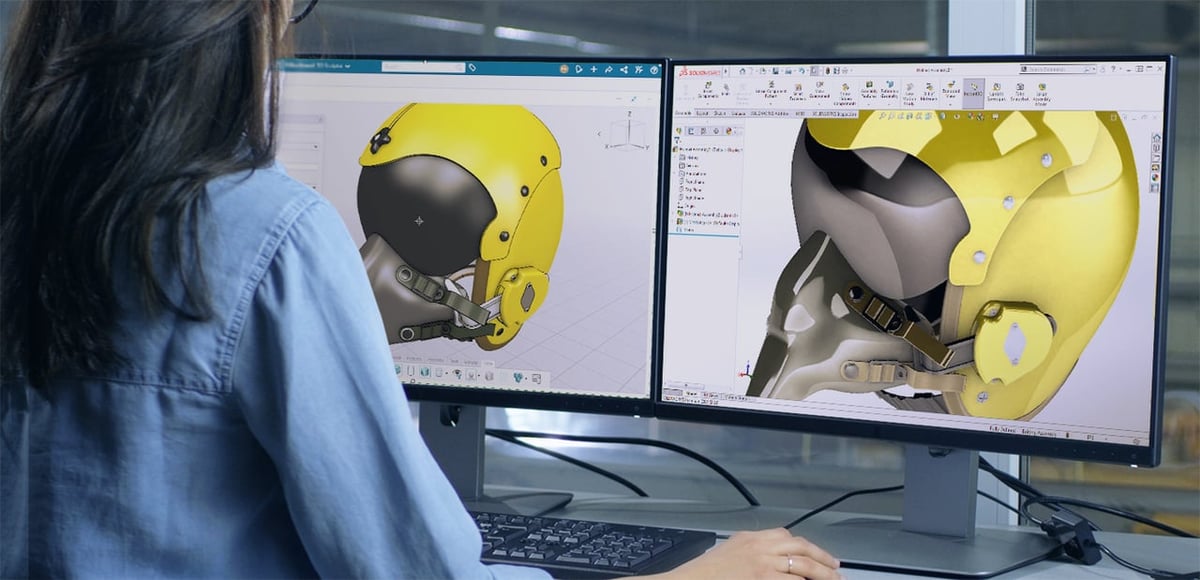
One of the first things to consider is software. You’ll find that there are many 3D modeling software tools out there, but as a beginner, it’s best to focus on a few key aspects.
First and foremost, the software must support the type of modeling you desire to learn. For technical 3D modeling, that’s usually CAD or similar dimension-driven software.
More artistic 3D modeling techniques require a more fluid workflow, usually in the form of 3D sculpting software. Surfaces are pushed and pulled to shape an object in a manner that’s similar to sculpting in clay.
As a beginner, you might want to start with simpler and friendlier tools instead of going straight for professional software. There are many free options available, both for CAD and sculpting, usually with great support from official and community sources.
That’s basically what you want in 3D modeling software when you’re a beginner: user-friendly, low-cost, and plenty of online support.
Software Options
If you’re completely new to the 3D CAD environment, try the web-based tool Tinkercad. It’s free and very beginner-friendly. SketchUp Free is another browser-based that’s easy to learn. It has more complex tools and features than Tinkercad, and there’s a Pro, paid version with more options should you need it.
3D sculpting software naturally requires a little more effort to learn, but you can start either with Meshmixer or ZBrushCoreMini. Both tools are great to ease you into the sculpting workflow and are entirely free to download.
Another good option to consider is Blender. While the learning curve is a bit steep, it supports almost every facet of the 3D modeling workflow, and it’s popular with hobbyists for creative design, artwork, and object creation for 3D printing.
Your First Model
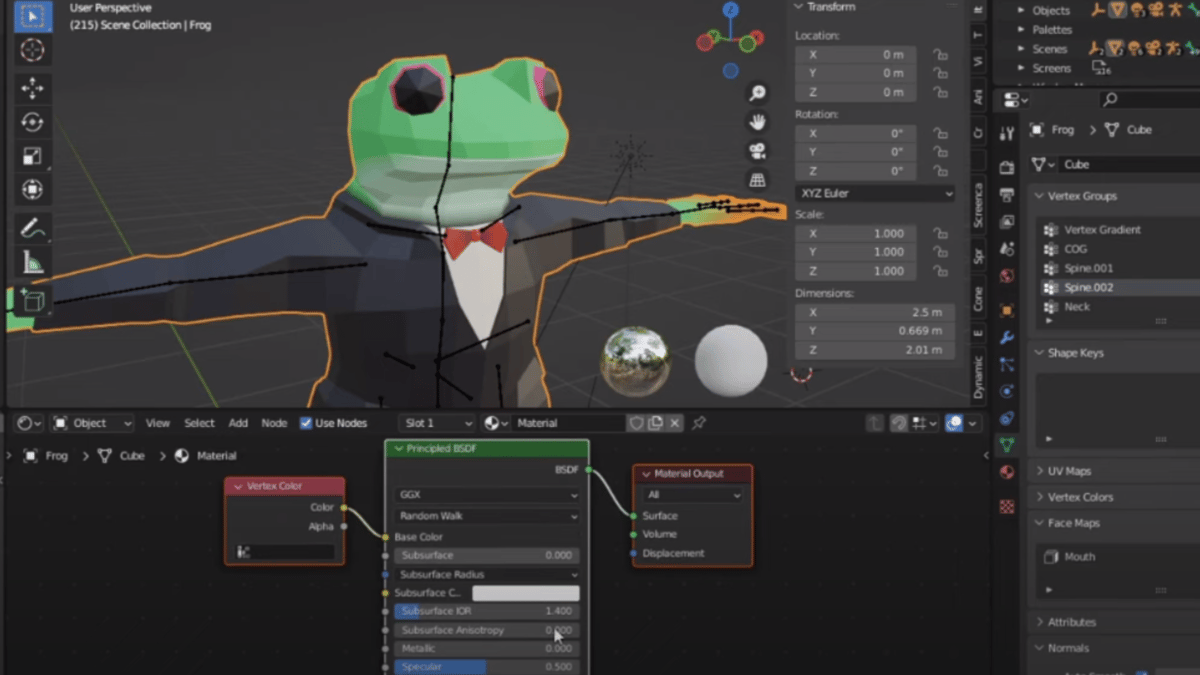
Once you’ve settled on the software, it’s time to get your hands dirty. Start with tutorials, always, to get better acquainted with the UI and to learn to navigate in a 3D environment.
The importance of tutorials when you’re starting out cannot be overstressed. Only through repetition will you be able to assimilate the design features and tools required to create models on your own. Remember, practice makes perfect!
Creating basic shapes like cubes, spheres, and pyramids is a great way to start a learning session. Play around with these shapes, move, and combine them. Patience is key here, go easy and at your own pace.
In the following sections, we’ve picked some 3D model ideas suitable for beginners, should you feel confident enough to start creating something completely on your own. These are mostly day-to-day objects that can be made with a combination of basic shapes (and some creativity) and that don’t require any advanced modeling technique. Try not to worry too much at this point and enjoy the process – you’re just starting after all.
Functional
Whether you want to model mechanical parts, tools, or household necessities, the following functional examples will help you get started.
Tools & Hardware

Designing hand tools like hammers and screwdrivers is a good way to step up your 3D modeling game.
Simple mechanical components like gears, shafts, and handles can be combined to create complete tools, such as a hand drill. Gears can be designed to transfer rotational motion from the handle to the drill bit via a shaft, allowing users to simulate the functionality and assembly of the hand drill before production.
Working with tools and hardware is a great way to practice sketching and understand technical drawings and orthographic projection. You can find plenty of exercises for free, from basic brackets to more intricate parts.
You can also try exploring methods like Loft, which is used for creating smooth and organic-like shapes in CAD and other 3D modeling software. Algorithms find a smooth 3D shape that fits predetermined cross-sections chosen by the designer. Designers can modify the shape by choosing the fitting algorithm and input parameters. This method is used in programs like Onshape, SolidWorks, Autodesk Revit, and FreeCAD.
Be sure to check out this Tinkercad tutorial on how to design a wrench from scratch if you’re interested in learning how to model tools.
Home & Office
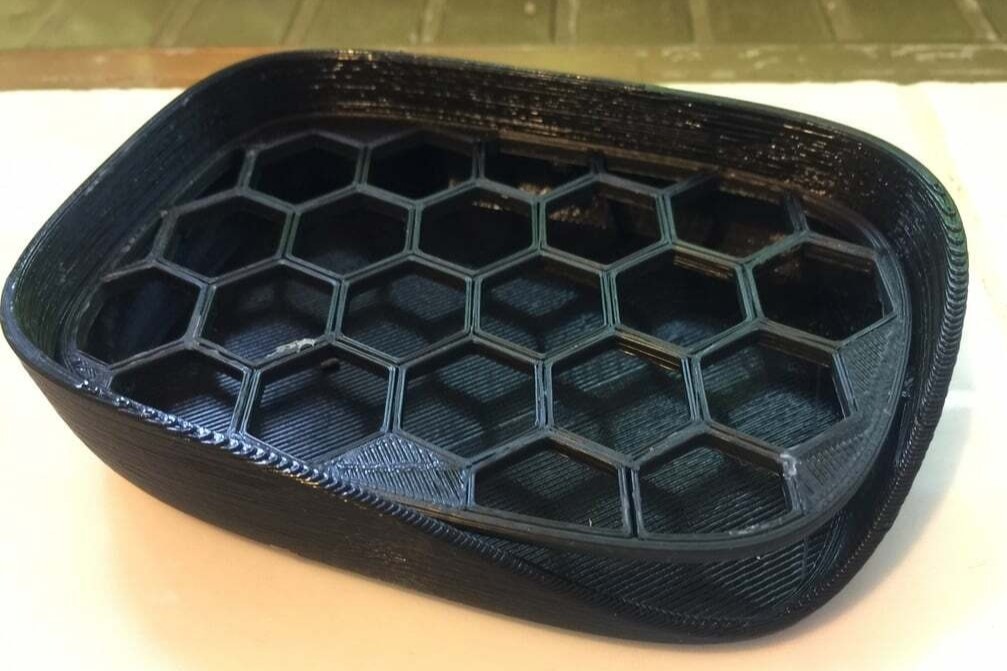
Household items like soap dishes are a great way to start implementing and practicing structural modeling techniques, such as hexagonal pattern making.
Hexagonal pattern-making is widely employed across diverse fields such as interior design, engineering, and biology for its structural stability and aesthetic appeal. In the context of 3D modeling a soap dish, hexagonal patterns in the bottom of the dish allow for optimal water drainage to prevent the soap from becoming waterlogged.
If you want to make your office more practical, you can try modeling a pen holder. You could model or select an object and then hollow it out – while ensuring that it maintains structural integrity – or you could opt for a spiral design that only has a base and walls.
Another example for your office is 3D modeling organizers. You can try modeling large shelves or more easily printable desk organizers, which can be customized from scratch depending on what’s on your desk. The customizability is endless. One of the biggest challenges with organizers is ensuring dimensional accuracy when it comes time to 3D print them.
Toys & Games

Modeling toys and games can be a great way to gain experience with multi-part modeling. Of course, toys will have lasting value after you model and 3D print them, as you can use them repeatedly in the future as a fun way to pass the time. Toys also make for great 3D printed gifts!
To get started, you can try modeling a chess set. The pawn is arguably the most basic chess piece of all. Yet, the mixture between the spherical top and rounded base can present a challenge. When modeling a pawn, start by creating a very simple pawn shape, then feel free to add round or crisp edges. You can try modeling other chess pieces too, like the bishop.
You can also try modeling stackable Tetris pieces. These provide great practice for mult-part models that need to fit together and require dimensional accuracy.
Lastly, you can try modeling dice. You can start with modeling traditional dice and then move to customizing the faces of a cube or some other polygon to make custom dice of your own. Follow this Instructable for more help with making dice in Tinkercad.
Educational
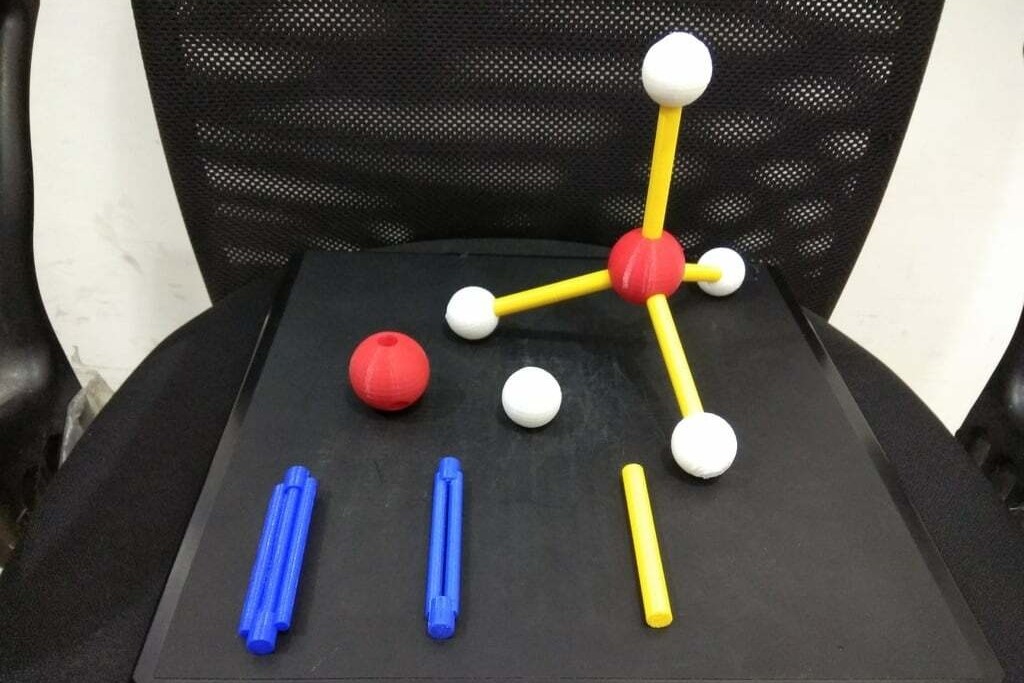
Modeling educational projects and tools is a great way to help aid in the learning process for a particular subject.
For example, you can model simple blocks to help kids learn how to read or improve their math skills. To make math blocks, start with a single cube and add numbers and mathematical symbols to a face, such as addition, subtraction, or division signs. One may also create blocks with letters from the alphabet. It’s best to indent the text to make it clearer and easier to read.
A slightly more complex idea is creating molecules. The atoms of a structure can be represented with spheres and then connected with cylinder shapes that represent bonds. These would be great for any chemistry lesson.
Some even more challenging educational models to try are 3D maps. One way to create realistic maps is to import an image of a real one and then form mountains, valleys, peaks, and planes directly on top. Some CAD programs feature special geographic modeling tools that greatly ease the process. For example, AutoCAD Map 3D is software specifically designed for modeling topography.
Artistic
In the next sections, we’ll take a look at some more creative 3D modeling ideas. From eye-catching decor to cutting-edge fashion choices, these models are sure to spark your inner artist.
Architectural Models & Furniture
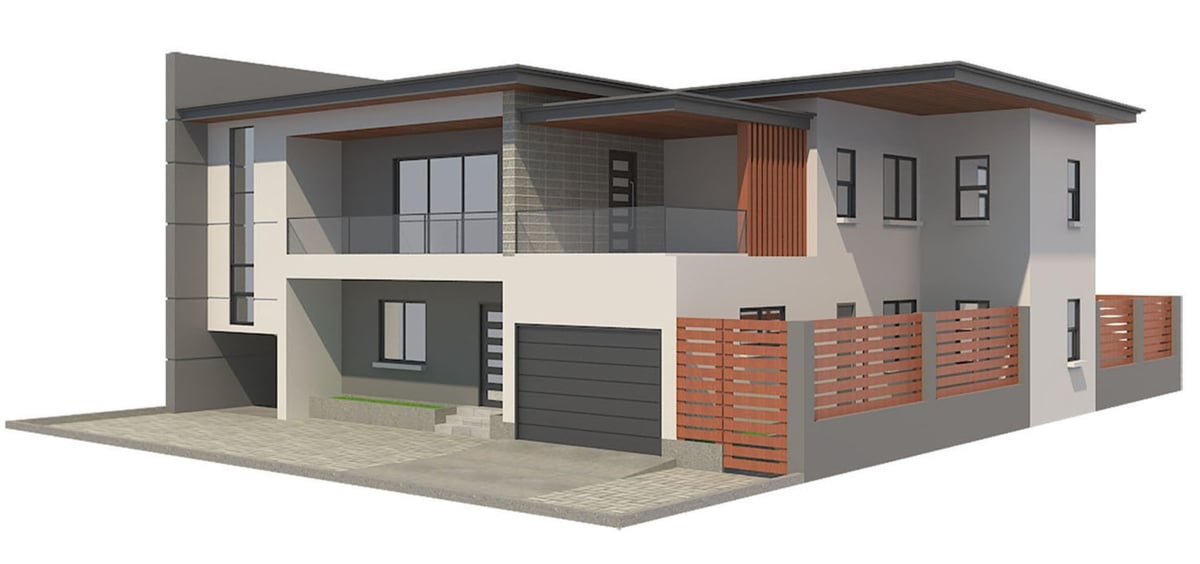
Architectural modeling serves as a great way to explore structures like buildings, towers, and bridges. Architectural models also fall under the umbrella of technical modeling, as architects use CAD programs, such as SketchUp and 3ds Max, to ensure that no errors come up during the design and drafting processes. However, it’s also a chance to exercise your creativity.
Small-scale models of houses are an excellent entry point. To start, make your walls according to a floor plan, and then cut out doors and windows. Next, put a roof on your house to finish the structure. After you’re familiar with the basics, you can create your own floor plan. For more guidance, check out this YouTube video on creating a floor plan in AutoCAD.
After your house is finished, it’s time for the interior design. Modeling furniture like chairs, tables, and couches opens up a world of creative possibilities. To model an item of furniture, you can put several individual shapes together to make the whole. For example, when modeling a table, you can start with a cube and stretch it out into a rectangle shape for the tabletop. For further guidance, check out this YouTube tutorial from Nexttut.
Decorative Items

Venturing into the world of decorative items is a fun way to let your creativity flow. When modeling decor like vases or pots, you can practice techniques like spirals, and when modeling artistic pieces, you can use programs like Blender and ZBrush to sculpt, shape, and detail the model.
Vases and flower pots are excellent models to start with, as they’re fairly simple in principle: It’s some sort of hollow container that can be made in many different forms and shapes. You can try bold lines, and if you feel like adding the final product to your home, you can also look at some 3D printable files for inspiration or guidance.
Ornaments are another customizable option that can be easily created in 3D modeling software. Christmas and the holiday season is a great time to break out your modeling skills to dress up your tree.
Busts and statues are a little more challenging, as they require high attention to detail. A tip when modeling a bust is to use a picture of the person you’re modeling nearby, whether it’s a real person or a fictional character. You can also try using sculpting software like Blender to help create realistic busts.
Fashion & Wearables
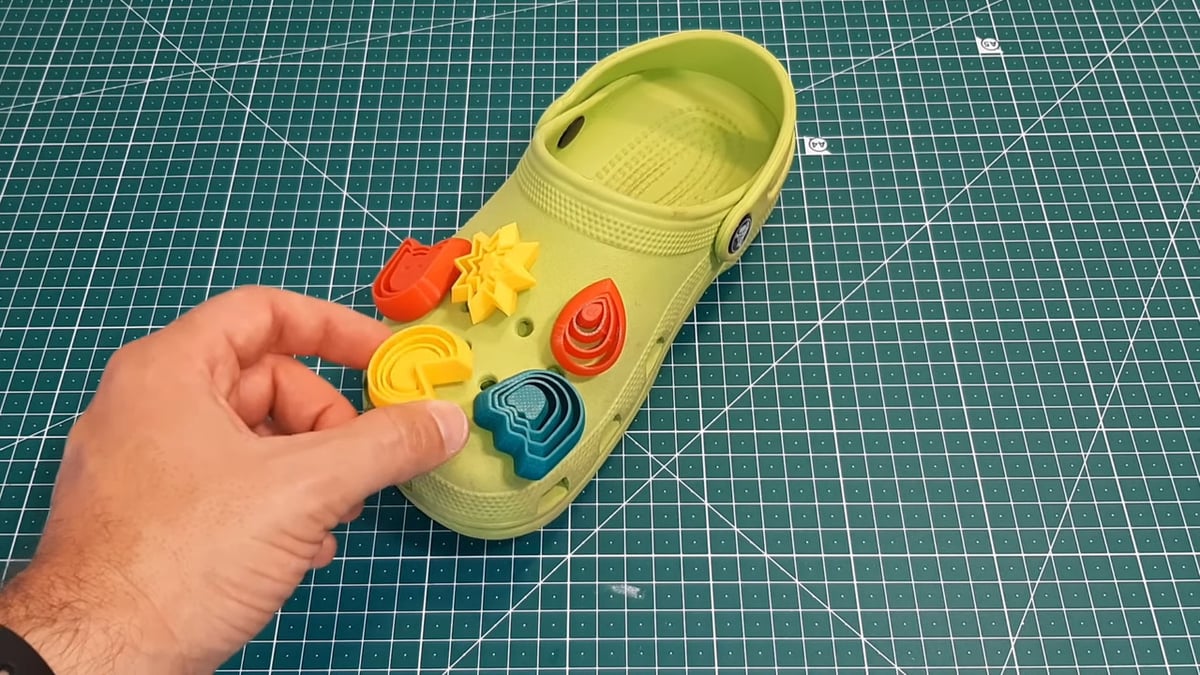
3D modeling fashion and wearables offers a creative way to add a personalized touch to your wardrobe. You have the freedom to experiment with different colors, patterns, and shapes.
One example of an object you can try to 3D model and 3D print is a Croc jibit, an accessory you can add to your Crocs for personalization. You can model almost anything to be a Croc jibit, from names to emojis. If you have any trouble modeling the base of your jibit, you can import one from Thingiverse to get started.
Another idea is to model a bracelet from a ring and indent it with custom text, special symbols, or emojis. Just be careful to make sure the inner diameter is large enough for a proper fit. Another, slightly more challenging, way to make bracelets is with links. Fortunately, this Instructable can guide you through the process. When modeling a linked bracelet, ensure adequate distance between each link hinge to ensure flexibility.
If you want to make a necklace, you can start by creating a pendant to put on the end of a string. The charm can be a letter, name, or anything else you wish. Just be sure to keep in mind the printability of the item. Highly intricate, detailed, and complex designs may not be feasible to print, especially with FDM (fused deposition modeling) printers.
Miniatures & Dioramas

Miniatures and dioramas can be quite fun to 3D model. When paired with a 3D printer, they’re also quite useful for any Dungeons and Dragons player.
To start out, you can try modeling a simple barrel. The shape of a barrel can be slightly difficult to master for a beginner, especially when creating a classic wooden barrel with individual planks and braces. However, it can provide great practice with shape manipulation tools. A tip is to make the basic shape of the barrel before adding detail.
You can also play around with modeling a turret. Use your imagination to create turrets with bases and firing components. You can make a cross-bow turret from medieval times, a rocket turret for modern-themed models, or even a laser turret for sci-fi-themed models. Some strategies when modeling turrets are to use primitive shapes like cubes, cylinders, and spheres as the foundation for your model.
The modeling process for dioramas can get a bit more complex, but it’s a good opportunity to play around with different tools to help make your vision come to life. You can get started with the foundation by layering and combining different shapes. From there, you can add more elements to the scene. For further guidance, check out this helpful YouTube tutorial from Polygon Runway.
License: The text of "3D Modeling Ideas: What Should You Model as a Beginner?" by All3DP is licensed under a Creative Commons Attribution 4.0 International License.

